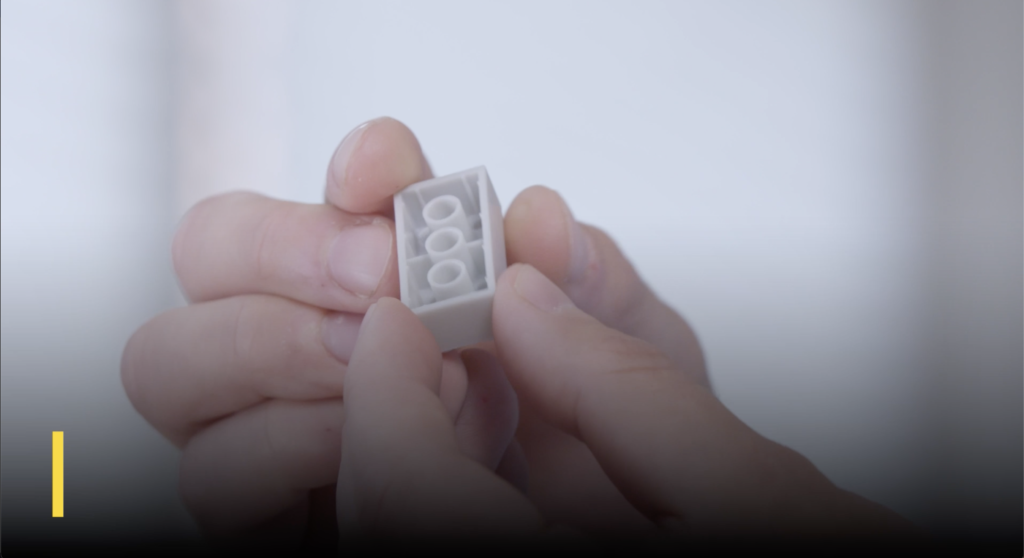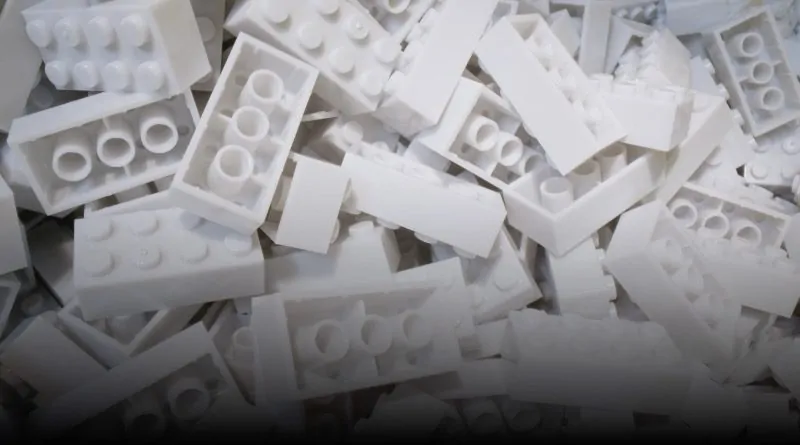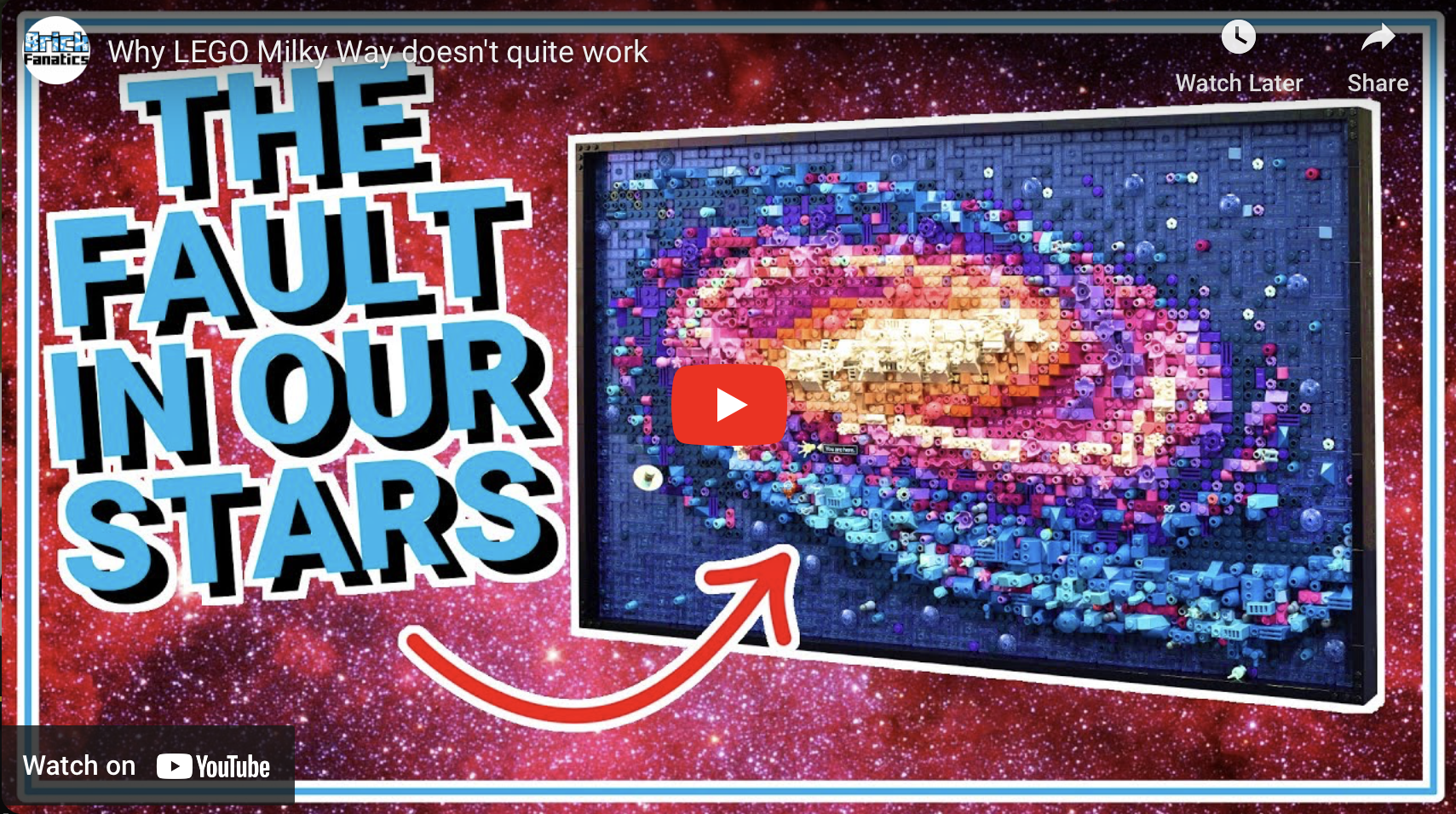Everything you need to know about the first recycled LEGO brick
The LEGO Group has just unveiled its first-ever recycled LEGO brick, so here’s everything you need to know about this brand new step towards sustainability.
Made from materials sourced from discarded plastic bottles, the prototype 2×4 brick is still a good while away from actually arriving in LEGO sets. But this milestone signifies a key first step in the journey towards producing all LEGO products from sustainable materials, which you can read more about by clicking here.
Ahead of today’s announcement, Brick Fanatics and other LEGO Fan Media spoke to the LEGO Group’s Vice President of Environmental Responsibility Tim Brooks and Vice President of Materials Nelleke Van Der Puil about the recycled brick, including how it won’t work for certain types of elements – and how it may lead to a transformation of the LEGO Group’s existing part portfolio.
Based on that chat, here’s everything you need to know about the first-ever recycled LEGO brick.

You’ll be able to get your hands on them as early as 2023
“We would love to hand them to consumers [now], but we believe it’s still too early,” Nelleke says. “We think that within 18 to 24 months, we will be able to get them in the hands of consumers. So that is the time path we’re going after.”
Recycled bricks require new moulds
“For each new material, we will have to make new moulds,” Nelleke explains. “So you can imagine that it also was a huge effort. And that’s why, if we really transition into these materials [on a] big scale, it’s going to take a very long time.”
Recycled bricks could open doors to new colours and elements
“I think there’s also opportunities to make new shapes out of PET, because of the material properties, and potentially new colours that we haven’t used before,” Tim says. “It’s not all about the negative [differences] – it’s more, ‘What can the material do for us that ABS can’t do for us today?’”
The new formula won’t work for transparent bricks
According to Nelleke, the new material won’t be suitable for every element the company currently produces – including transparent pieces. “We have to put all these additives in to make it suitable for the building function and as safe as our bricks are today,” she says. “That’s the reason why we won’t be able to keep the transparency, unfortunately. So we’ll have to look out for other materials here.”
The LEGO Group is confident in the availability of recycled plastic
“About half of bottles globally on average are recycled, and that of course means that half are not thrown away or incinerated,” Tim says. “That varies – in the US, it’s about 30%, and in Norway, it’s up to about 92%. But on average, we believe about half of those bottles are available.
“I think there will be plenty of plastic around, whether it comes from single-use sources, or it comes from durable sources. I think there’s plenty of plastic out there that we can use for recycled materials.”
The pandemic didn’t really impact the company’s work
“We are working with an American company that is doing this development together with us, and they were able to continue most of the work,” Nelleke says. “We only saw a few months of delay during the whole programme, so it wasn’t too bad.”
The team went to France to test the long-term durability
“When we started looking at materials, we actually had no idea how to study this, because we’ve never done it before,” Nelleke explains. “We just knew that bricks that we have today are long-lasting. So we had to devise a way to test this on a shorter time period, and also come up with some scenarios that would be representative of the lifetime and the use phase of bricks, and storage, of course.
“We did the wildest things. We exposed the bricks to light in the southern area of France. We also measured the temperature during the transport of bricks, and also during storage, so we knew the maximum temperatures. Moisture is also a very important one here – plastic deteriorates with temperature and moisture, so the combination of the two also had to be tested. It’s been quite a journey for us.”
Sustainability is hugely important to kids
“In the last five years, we’re now getting thousands of letters from our fans and from kids, sometimes saying, ‘Great, we were really happy about plants from plants,’” Tim says. “But also, to be very honest, challenging us, saying, ‘We want you to do more, we want you to remove single use plastic, we want you to use more recycled material, we want you to design more sustainable sets.’ So it’s massively important.”
Click here to learn more about the first ever recycled LEGO brick.
Support the work that Brick Fanatics does by purchasing your LEGO using any one of our affiliate links.
Author Profile
- I like to think of myself as a journalist first, LEGO fan second, but we all know that’s not really the case. Journalism does run through my veins, though, like some kind of weird literary blood – the sort that will no doubt one day lead to a stress-induced heart malfunction. It’s like smoking, only worse. Thankfully, I get to write about LEGO until then.
Latest entries
May 2024 sets25/04/2024LEGO Icons 10341 NASA Artemis Space Launch System officially revealed
May 2024 sets25/04/2024LEGO Art 31212 The Milky Way Galaxy officially revealed
25 Years of LEGO Star Wars25/04/2024Tracing 25 years of LEGO Star Wars sets, from the weird to the wonderful
May the 4th25/04/2024LEGO Star Wars May the 4th 2024 UK and Europe deals rumoured








